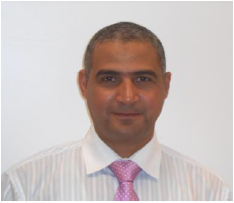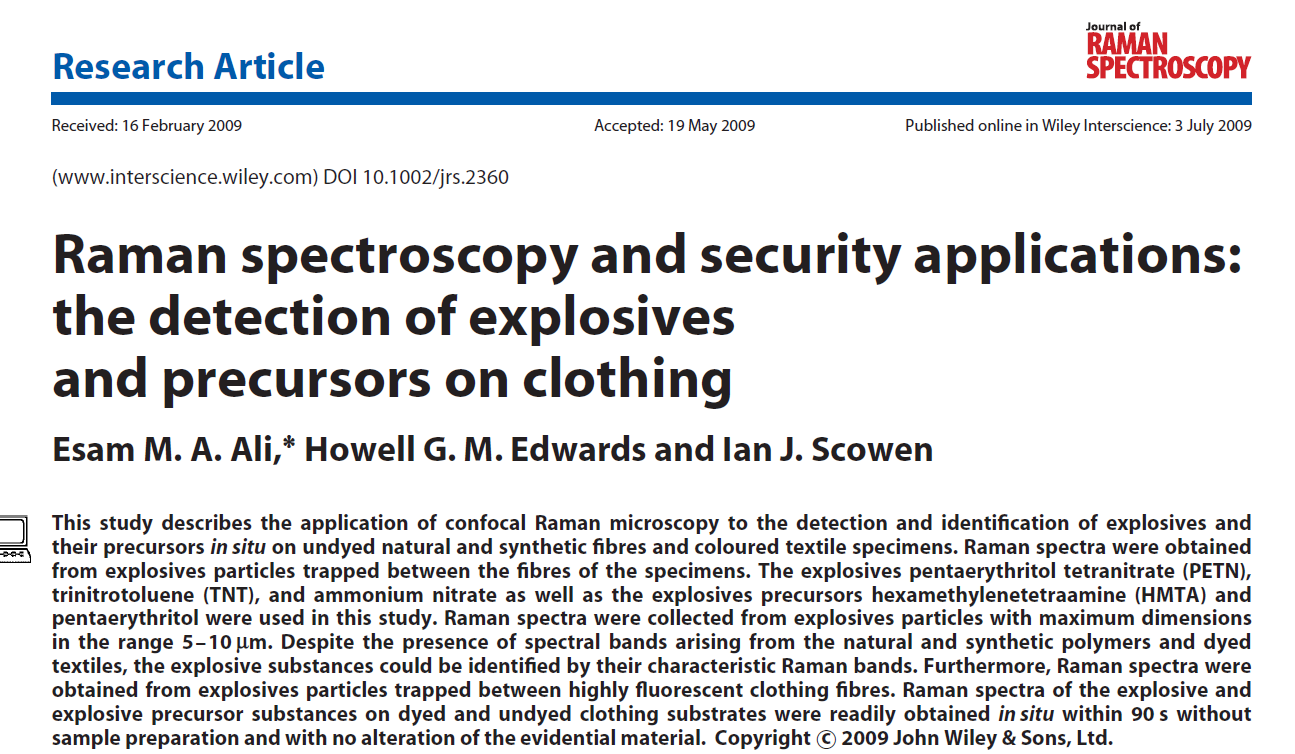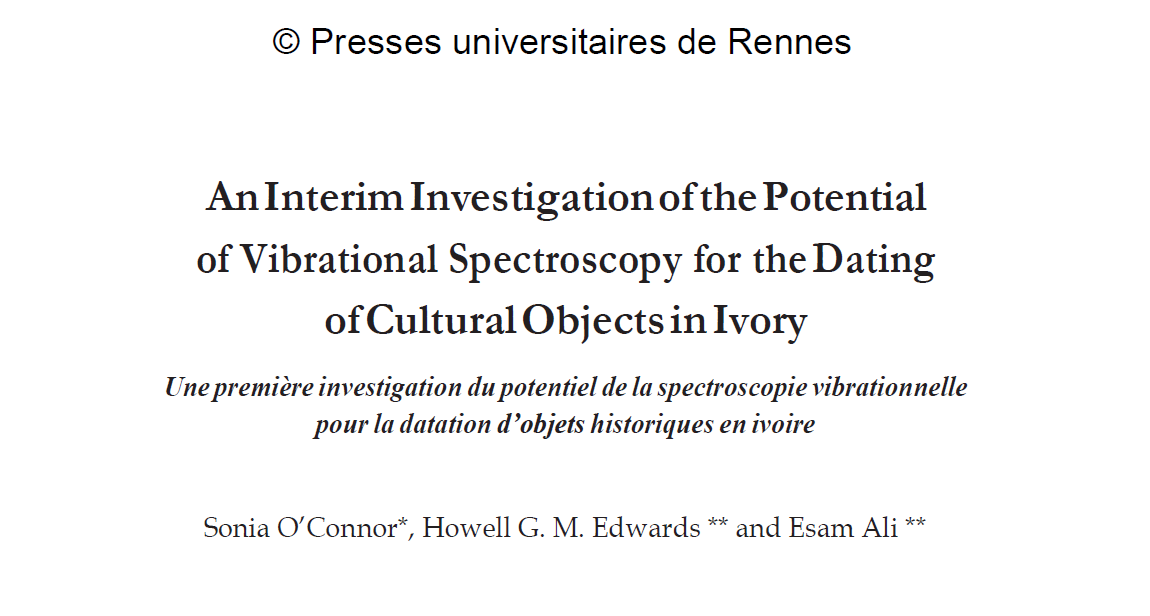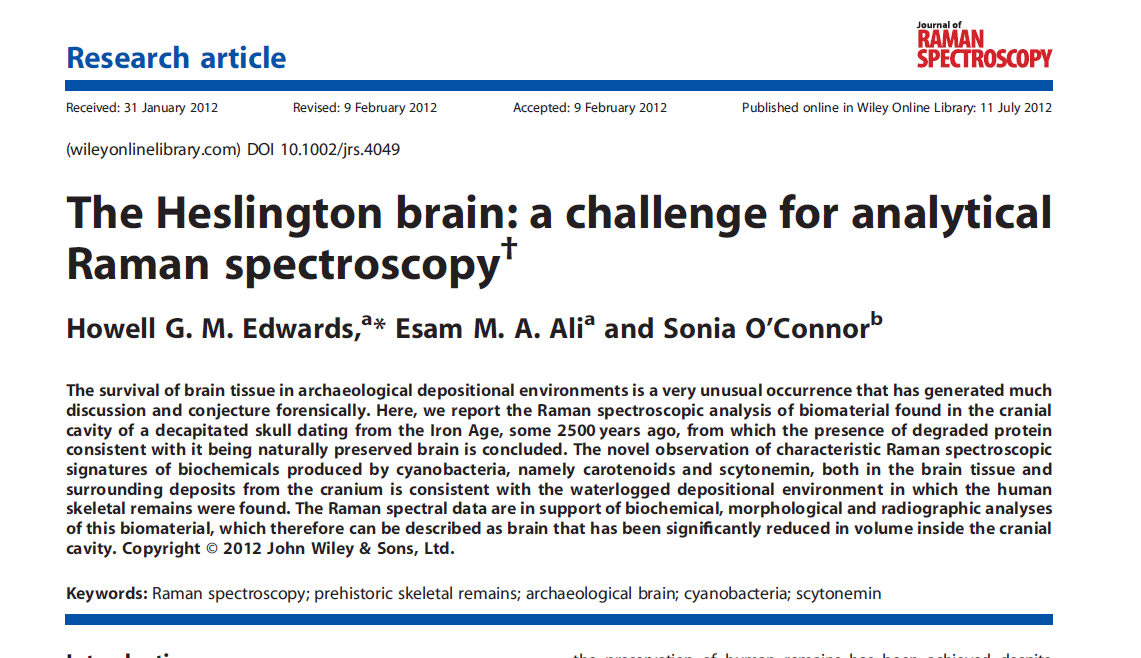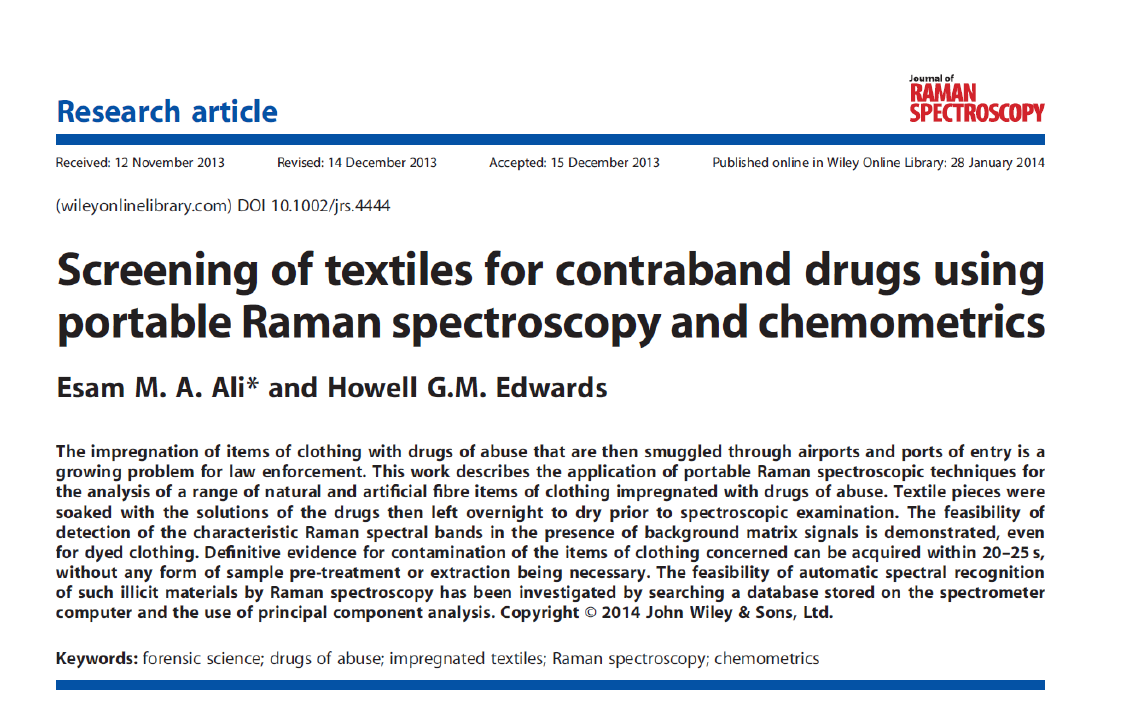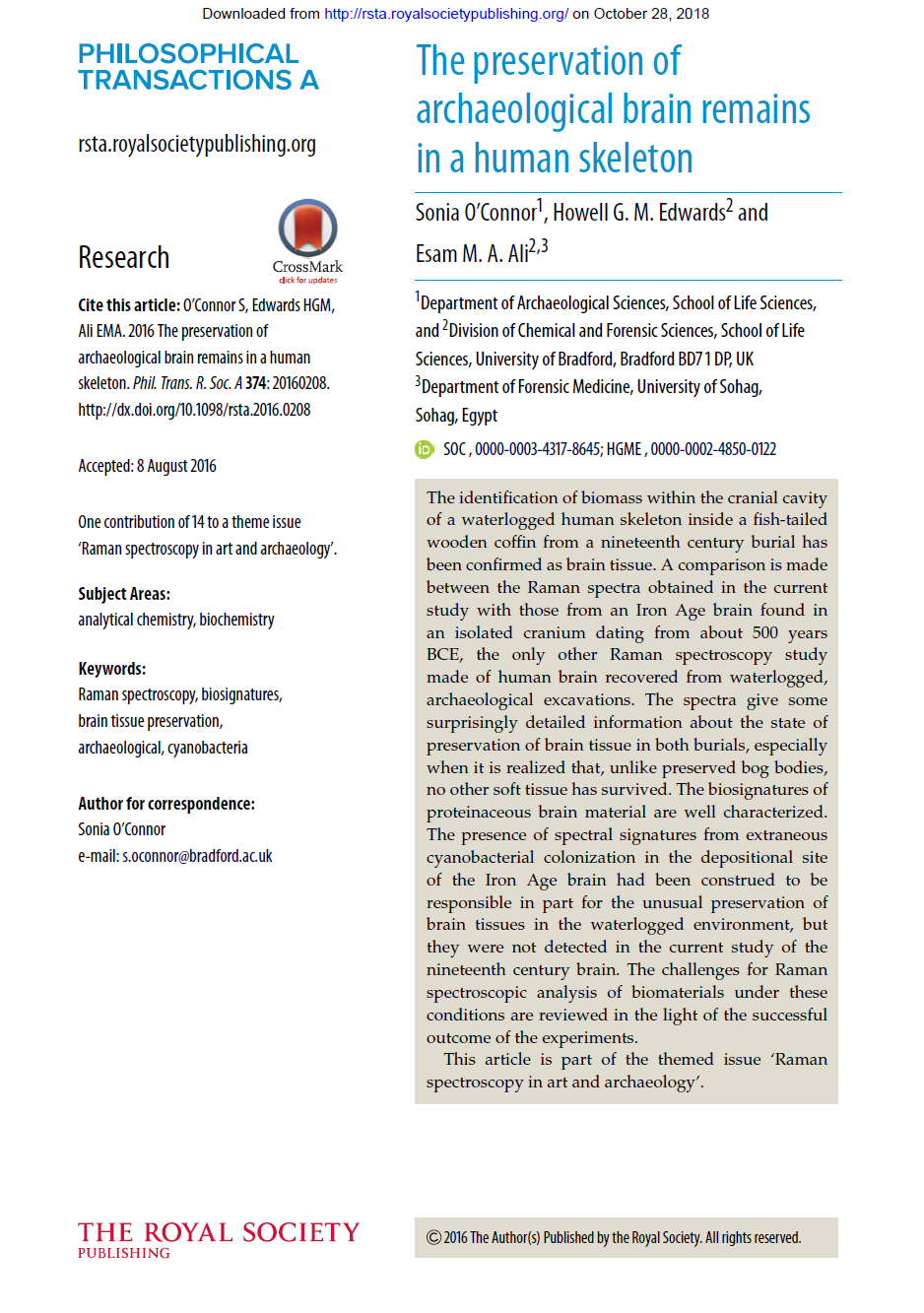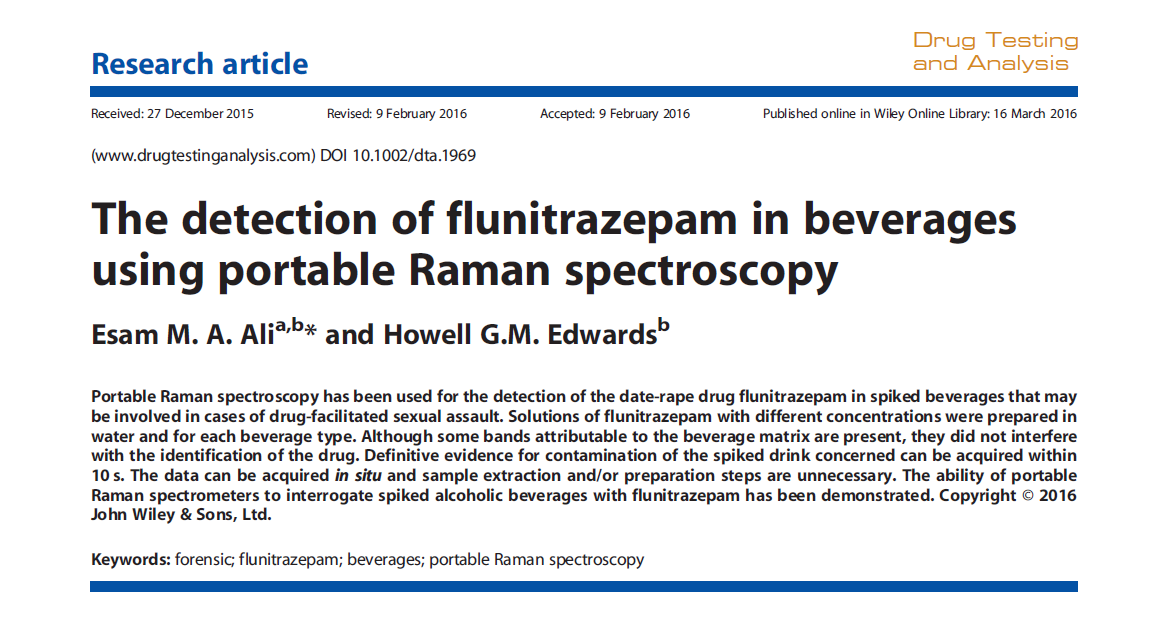This study describes the application of confocal Raman microscopy to the detection and identification of explosives and their precursors _in situ_ on undyed natural and synthetic fibres and coloured textile specimens. Raman spectra were obtained from explosives particles trapped between the fibres of the specimens. The explosives pentaerythritol tetranitrate (PETN), trinitrotoluene (TNT), and ammonium nitrate as well as the explosives ...
Read more
